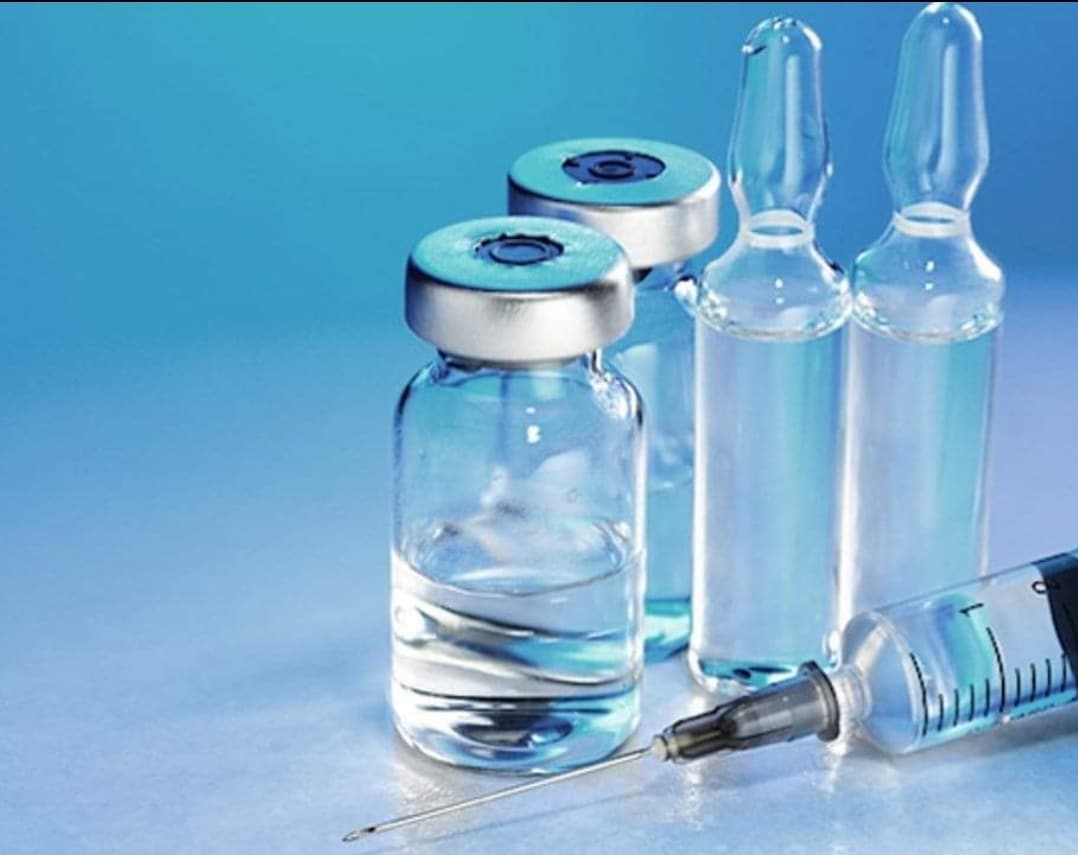USP Compatibility with Infusion Solutions Testing
The United States Pharmacopeia (USP) compatibility testing is a critical aspect of pharmaceutical product development and manufacturing. This test ensures that injectable and parenteral products are safe for use in infusion solutions, thereby safeguarding patient health. USP General Chapter <1230> outlines the standards for compatibility with infusion solutions.
The process involves evaluating how a drug product behaves when mixed or administered concurrently with another solution typically used in an intravenous (IV) or subcutaneous route. This evaluation is crucial because certain additives, excipients, and pH levels can influence stability, efficacy, and safety of the medication.
During this testing, the pharmaceutical manufacturer must ensure that the drug product remains stable over a specified period under conditions that simulate real-world usage. The test aims to identify any potential issues such as precipitation, turbidity, or change in potency that could compromise patient safety.
The USP specifies detailed procedures for conducting these tests, which include selecting appropriate infusion solutions and observing the mixture for signs of instability within defined timeframes. Compliance with these standards is essential for regulatory approval and market acceptance.
For quality managers and compliance officers, understanding this testing process can help in ensuring that their products meet regulatory requirements. R&D engineers benefit from knowing how to optimize formulations to avoid compatibility issues. Procurement teams need to ensure suppliers adhere to these standards during the manufacturing process.
The importance of USP compatibility tests extends beyond just meeting regulatory demands; it also contributes significantly to patient safety and satisfaction. By ensuring that injectable products are compatible with infusion solutions, healthcare providers can administer medications more effectively while minimizing risks associated with improper drug interactions.
Why It Matters
The significance of USP compatibility testing cannot be overstated. When a pharmaceutical product is mixed or administered concurrently with an infusion solution, it could potentially interact unfavorably leading to adverse effects on the patient’s health. This interaction might manifest as chemical degradation, physical changes like precipitation or crystallization, or even reduced effectiveness of the drug.
Chemical incompatibility can lead to significant complications for patients receiving IV therapy. For instance, if two incompatible medications are administered simultaneously through the same IV line, they may react chemically within the body causing harm. This could result in severe side effects ranging from mild discomfort to life-threatening conditions.
Pharmaceutical manufacturers must adhere strictly to USP guidelines during formulation development and manufacturing processes. Failure to do so can have serious consequences including recalls of affected batches, legal liabilities, and damage to brand reputation. Therefore, investing time and resources into thorough compatibility testing is not only a regulatory requirement but also an ethical responsibility towards healthcare providers and patients.
From a broader perspective, ensuring USP compatibility fosters trust among stakeholders - from regulatory bodies who oversee compliance to healthcare professionals who rely on accurate information when prescribing treatments for their patients. It plays a crucial role in maintaining public confidence in the integrity of pharmaceutical products.
Why Choose This Test
- Ensures product safety and efficacy during infusion therapy.
- Avoids potential chemical reactions that could harm patients.
- Maintains compliance with international standards set by USP.
- Reduces the risk of recalls due to compatibility issues.
- Enhances brand reputation by demonstrating commitment to quality.
The test is particularly important for injectable and parenteral products that require administration through infusion systems. By choosing this test, manufacturers can guarantee their drugs' suitability for use in such environments, thus ensuring optimal treatment outcomes and patient safety.
Use Cases and Application Examples
The USP compatibility with infusion solutions testing is applicable across various scenarios where injectable or parenteral medications are administered via IV lines. Here are some real-world use cases:
- IV Therapy for Cancer Patients: Chemotherapy drugs often need to be mixed carefully with specific infusions to prevent degradation.
- Anesthesia Administration: Anesthetics must remain stable during prolonged infusion periods without affecting the patient’s respiratory function.
- Vitamins and Electrolytes: Ensuring that these essential nutrients mix well in intravenous solutions is crucial for maintaining electrolyte balance.
In all these cases, rigorous compatibility testing ensures that the medication maintains its intended properties throughout administration. This not only enhances patient care but also streamlines clinical procedures by reducing errors and complications associated with incompatible drug combinations.





